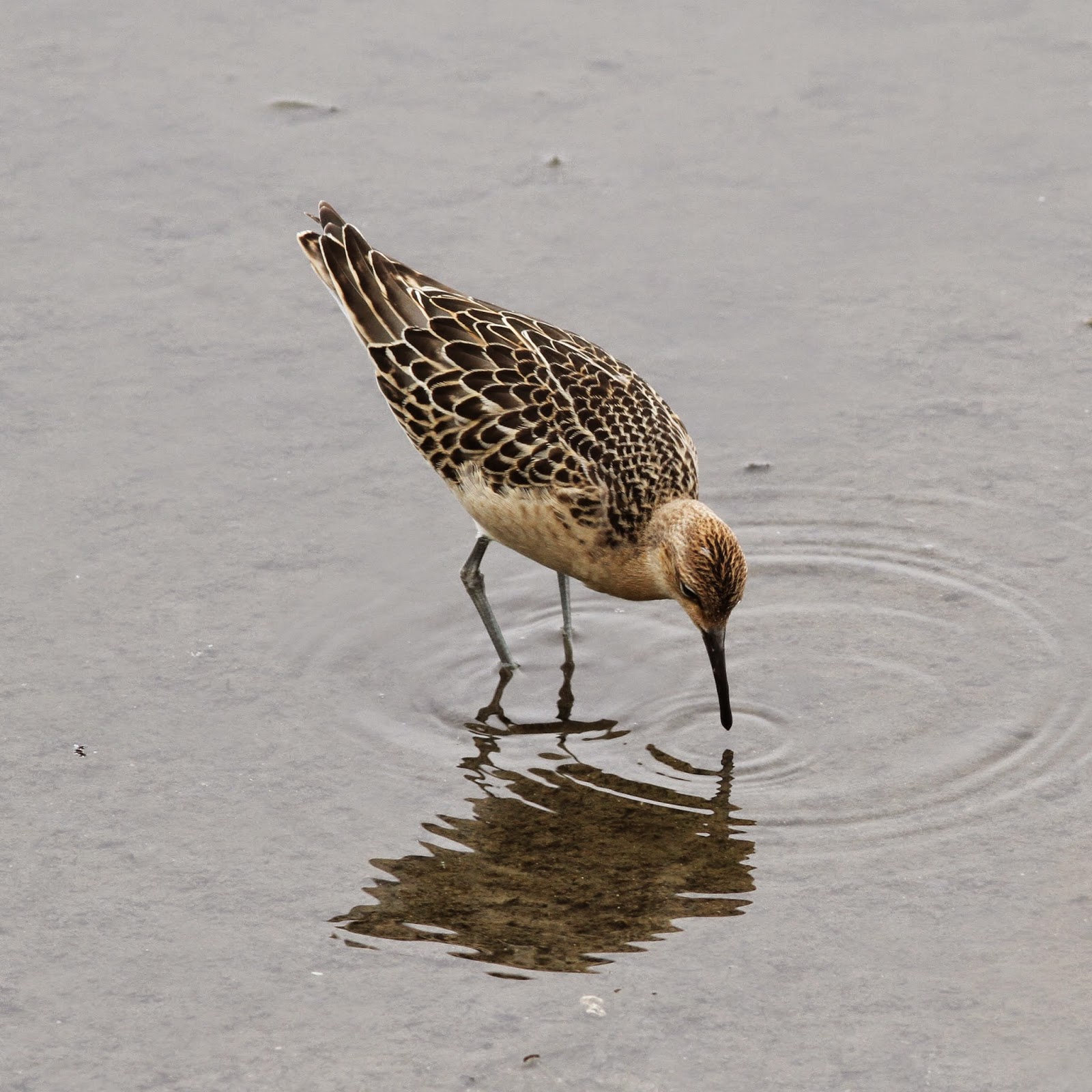At present fewer than 1% of the trail camera recordings show otters. Many of the others are of non-target species, especially moorhens, water rails, coots, robins, reed buntings, dunnocks, blackbirds, herons and wood mice. Last week there were three notable captures of non-target species. First a common snipe with the added bonus of a Cetti's warbler singing, a little grebe and a bumblebee on the audio track. I even heard and saw the Cetti's when I was checking the cameras.
Then a stoat, first in daytime and then at night. Being a stoat it was too fast for most of the cameras but this is what they saw between them. It is interesting that the stoat is aware of the cameras switching on in the dark.
Thirdly a badger who was very aware of the cameras switching on as well. The Cetti's warbler was singing in complete darkness.
The reaction of the stoat and the badger to the cameras is interesting. The first time a trail camera switches on at night there is a click from the mechanical infrared filter moving into position but these weren't the first recordings of the night which probably shows that both animals can see the low-glow (850nm) infrared light.
I am having big problems with false triggers on the cameras in their current positions - recordings made when there is no animal at all. It seems to be caused by the waving shadows of the reeds on sunny days and because of the cameras' positions there isn't much I can do about it. It fills up the cards and runs down the (rechargeable) batteries so it isn't the end of the world but it does mean I have over 1000 videos to look through each week.









































